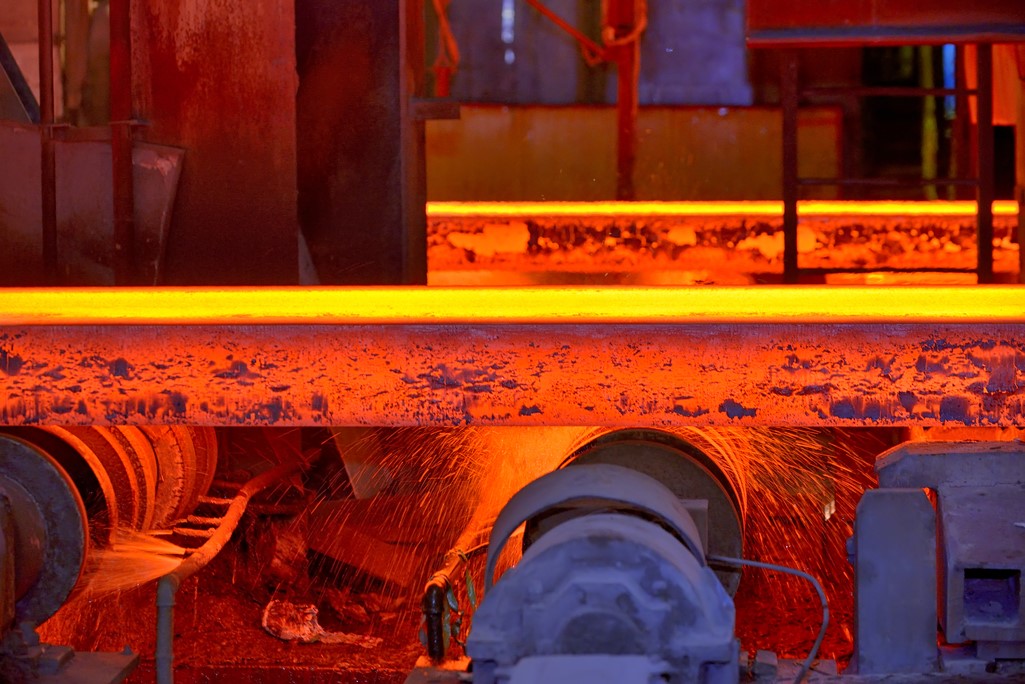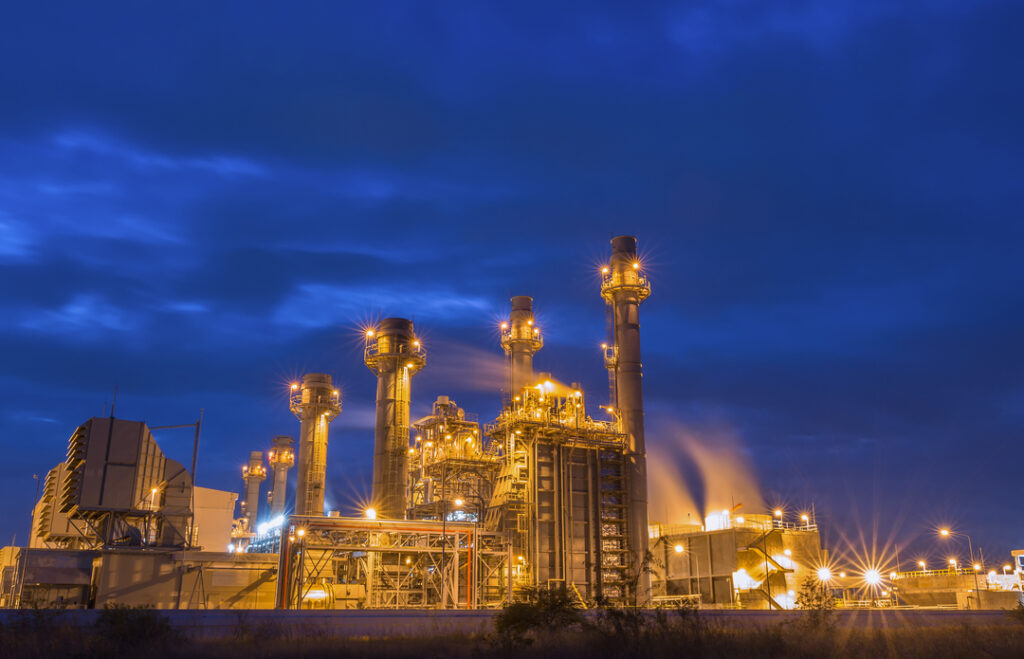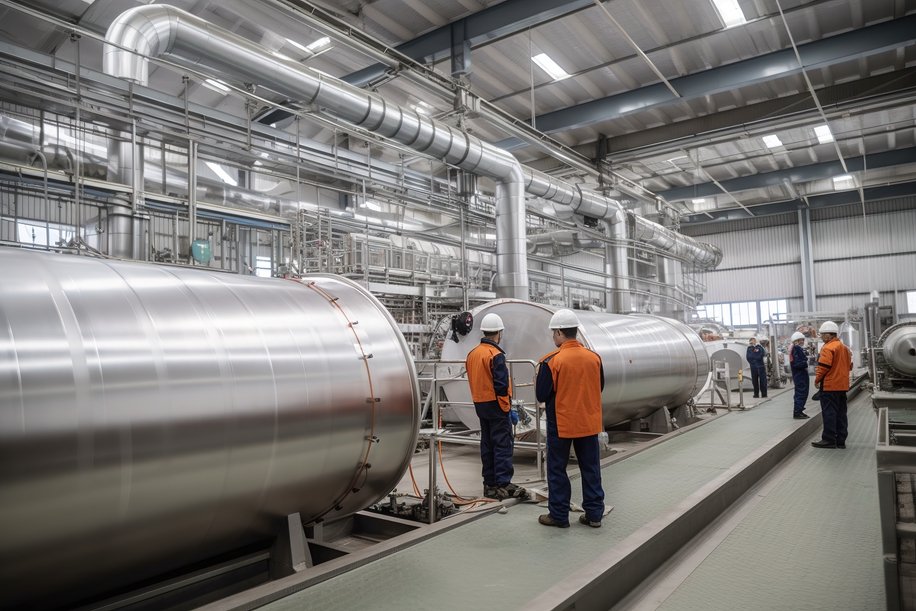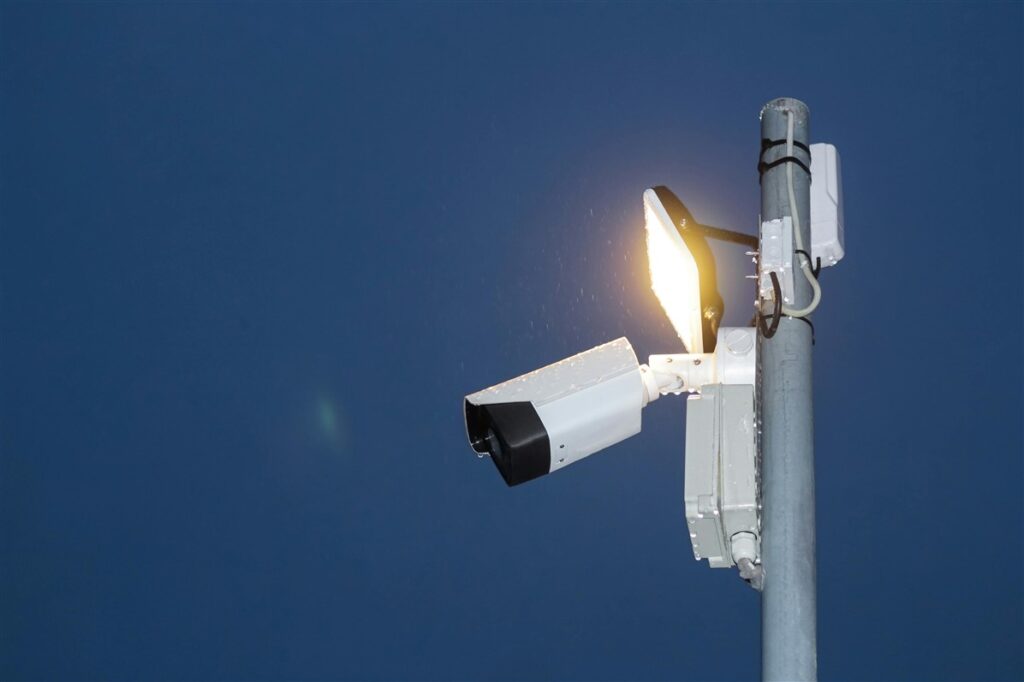Reusing self-generated heat
One of the biggest drains on energy in manufacturing is the heat waste created by various machines and manufacturing processes (i.e. not reusing self-generated heat).
Fortunately, there are ways to recover this heat and reuse it. And not only can this help reduce carbon emissions, but it can also lower energy costs.
The first step is to conduct a thorough energy audit to identify opportunities for heat capture. It makes sense to prioritise the processes and equipment that generate the highest levels of heat waste.
Where can you recover heat for reuse?
There are many areas where heat is wasted, and not all of it can be recovered. But the good news is that there are plenty of areas where you can capture heat for reuse.
Boilers: If you use boiler systems to generate steam for heating and process applications, you can recover heat from the flue gas and reuse it to preheat feedwater.
Furnaces: If you use furnaces for processes such as metal casting, glass manufacturing, and ceramics production, you can capture and reuse the exhaust heat.
Ovens and kilns: Ovens or kilns used in food processing and chemical manufacturing or for firing materials (such as ceramics) produce a lot of exhaust heat that can be recovered and reused.
Compressed air systems: Over 90% of the electrical input to a compressor can be lost to heat, making them a great reusable heat source.
Refrigeration systems and dryers: Other good sources of recoverable heat are refrigeration systems used in food processing or pharmaceutical manufacturing and dryers used in food processing or textile manufacturing.
Internal combustion engines: It’s possible to recover engine exhaust heat from internal combustion engines used in applications such as power generation and transportation.
Heat treatment processes: Some industrial processes (such as those used in metallurgy) generate high-temperature waste streams, such as exhaust gas or molten metal. Heat from these waste streams can be reused elsewhere.

How to capture heat for reuse
Once you know where the biggest opportunities for heat recovery are, you can determine the most suitable method for capturing the heat and the most efficient ways to reuse it.
Heat exchangers: Heat exchangers transfer heat between one gas or fluid and another without the two coming into direct contact. A common example is a combustion engine where engine coolant flows through coils and air flows past them, cooling the coolant and heating the air.
Heat pumps: Heat pumps transfer thermal energy using a refrigeration cycle. They can be used to heat or cool a building or area. The most common heat pumps are air-source heat pumps, which absorb heat from the outside air, and ground-source heat pumps, which absorb heat from the ground. But you can also get exhaust air heat pumps, water-source heat pumps and solar-assisted heat pumps.
Heat recovery wheels: Heat recovery wheels (aka thermal wheels or rotary heat exchangers) are devices that use a rotating wheel to transfer heat between two air streams. They can be used to recover waste heat from exhaust air and transfer it to a fresh air stream.
Combined Heat and Power (CHP): CHP systems generate electricity and capture any waste heat produced during the process. The captured heat can be used for heating spaces or hot water, or it can be used in other manufacturing processes. CHP systems are more energy efficient than having separate heat and power supplies.
Absorption chillers: Absorption chillers use waste heat to power cooling systems that can be used for air conditioning or refrigeration. They are ideal if you have a consistent flow of waste heat, and they don’t use electric compressors, so they are energy efficient.
Preheating: Preheating is a simple and effective way to capture waste heat. It involves using waste heat to preheat incoming materials or fluids, reducing the energy required to bring them up to processing temperature.
Waste heat recovery for compressed air systems: Compressed air systems can generate significant heat waste. A waste heat recovery system specifically for compressed air systems can recover and reuse this heat.
Solar thermal systems: Solar thermal systems use solar collectors to capture heat from the sun and transfer it to a heat transfer fluid, which can be used for space heating or hot water.

Using your self-generated heat
As well as there being several ways to collect waste heat, there are also several ways to use it.
• Preheat incoming materials or fluids to reduce energy consumption
• Use excess heat to generate electricity through the use of a CHP system
• Provide heat and hot water for non-production areas like offices and staff kitchens
• Reuse exhaust air heat for building ventilation
• Power cooling systems for air conditioning or refrigeration
• Reduce the energy required for drying or curing processes
• Sell excess heat to nearby businesses or organisations
Free energy reduction audit from AES
To help you understand where you can make the most significant impact, we offer a free energy reduction audit of your operations.
As well as looking at opportunities for heat recovery, we’ll help you identify other areas where you could significantly reduce your energy consumption and costs. We always aim to provide the most viable and cost-beneficial solutions so you get the best ROI on any investments. Contact us to book your free energy audit.

Our guide to building energy management systems
Building energy management systems (BEMS) are systems that allow you to monitor, control, and optimise the energy used within your building. The phrase building energy management system (BEMS) is often used interchangeably with the phrase building management system (BMS), but there are some differences. A BEMS is focused on energy-related systems such as lighting, heating, […]
Read more
How far does power travel and what impact does distance have on performance
It’s easy to take our electricity supply for granted. We flick a switch and instantly have light or power. We don’t even think about it unless there’s an issue or an outage. But when there is an issue or outage, the impact can be significant. For manufacturers, even the smallest change in power can make […]
Read more
Why visibility of the production process is so important
Operational excellence, efficiency and quality are top priorities for almost every manufacturer worldwide. These things lead to improved productivity, happier customers and reduced waste – all of which result in increased profits. Visibility of the production process is the key to achieving these things. And manufacturers now have access to technology that can provide real-time […]
Read more
Will security lighting help to protect my staff?
Looking after the safety and well-being of employees should be a priority for any business. And while it’s not possible to mitigate every risk, there are measures you can take to improve their safety and security. One measure that is often overlooked is the installation of security lighting. When daylight disappears, visibility is reduced, increasing […]
Read more
Top 5 considerations when comparing electrical quotes
Budget is always a factor when you’re considering any type of upgrade, revamp, or maintenance work within your factory. But when it comes to electrical work, you have to consider more than just money. Don’t rush into accepting the cheapest electrical quotes without knowing exactly what you’re getting. Electrical work is not an area where […]
Read more
What is the role of companies in reducing our carbon footprint?
We should all be taking responsibility for protecting our planet and a big part of that is reducing our carbon footprint. But while it falls to all of us to do our bit, there is additional pressure on manufacturers, especially those with high carbon emissions. As an absolute minimum, these companies should ensure compliance with […]
Read more

